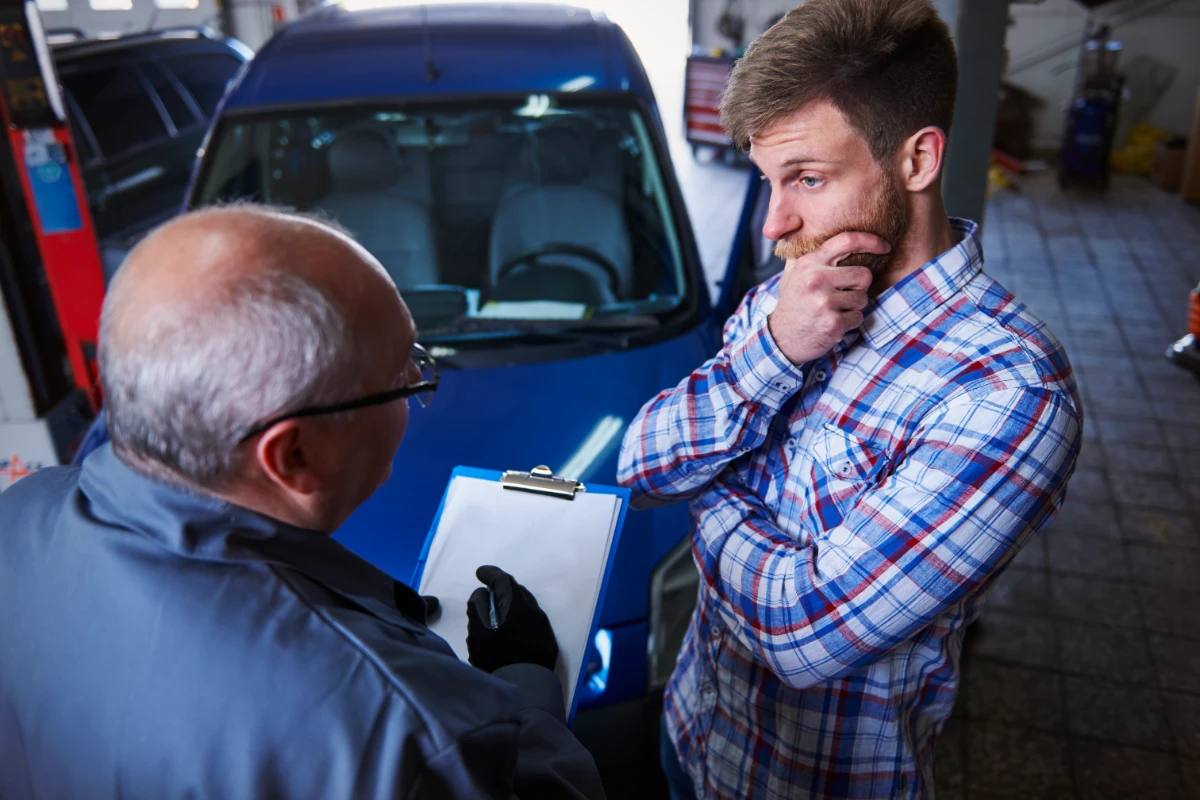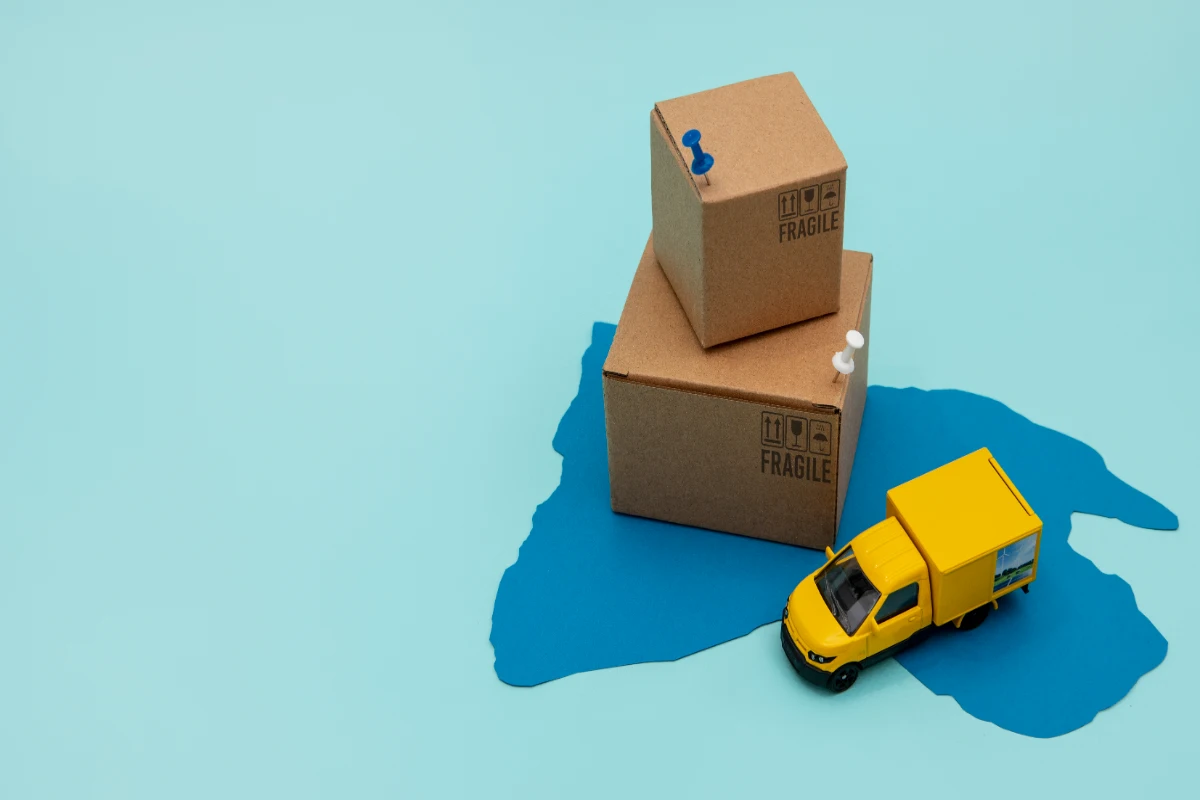
Importing a car into the United States can be a complex process, but with the right information and guidance, it’s entirely achievable. Whether you’re relocating to the US or simply importing a vehicle for personal use, understanding the regulations, requirements, and best practices is crucial. Here, we will walk you through everything you need to know about what is needed to import a car into the US. From vehicle import regulations to documentation, car transportation, and more, we’ve got you covered.
Vehicle Import Regulations
Importing a car into the United States is subject to stringent regulations imposed by both the Department of Homeland Security and the Environmental Protection Agency (EPA). These regulations encompass various aspects, including safety and emissions standards, and they are in place to ensure that all vehicles imported into the country meet specific criteria.
Safety Standards
Safety is a top priority when it comes to US vehicle import regulations. The US government has established stringent crash and safety standards that imported vehicles must adhere to. These standards are designed to protect both drivers and passengers on American roads. Before attempting to import your vehicle, it’s essential to thoroughly research and understand these safety requirements. If your vehicle doesn’t meet these standards, modifications may be necessary to ensure compliance.

Emissions Compliance
Another critical aspect of US vehicle import regulations is emissions compliance. The Environmental Protection Agency (EPA) enforces strict emissions standards for vehicles in the United States. Imported vehicles must meet these standards to reduce air pollution and protect the environment. If your vehicle doesn’t comply with US emissions regulations, you may need to make modifications or seek exemptions based on certain criteria. Ensuring that your car meets these requirements is a crucial step in the importation process.
Requirements for Importing a Personal Vehicle
Importing a personal vehicle into the US comes with a set of specific requirements that must be met to facilitate a smooth importation process. Understanding and fulfilling these prerequisites is essential.
Ownership and Title
Before importing your car, you must establish legal ownership of the vehicle and possess a valid title. This documentation is crucial for proving that you have the right to import the vehicle into the United States. Make sure all your ownership and title documents are in order before proceeding with the importation process.
Vehicle Age and Safety Standards
The age of your vehicle can have a significant impact on its eligibility for importation. Older vehicles, in particular, may require extensive modifications to meet current safety standards. It’s essential to be aware of these requirements, especially if you own a vintage or classic car. Prepare for the possibility of investing in safety-related modifications to ensure compliance.
Customs Declaration
When importing your car, you’ll need to complete a customs declaration form. This form contains essential information about your vehicle, including its origin, destination, and other relevant details. Providing accurate information on this declaration is crucial to avoid potential complications during the importation process. Double-check all the details to ensure they are correct and up to date.
Vehicle Import Guide

Navigating the vehicle importation process can be complex and challenging, but a well-defined guide can make it more manageable. Here’s a step-by-step overview of what you should consider when importing your car into the US.
Research and Preparation
Thoroughly researching the regulations and requirements specific to your vehicle type and origin is the first step in the importation process. This research will help you understand the steps involved, the documentation required, and any potential challenges you may encounter. Being well-prepared is key to a successful importation.
Customs and Border Protection (CBP)
Contacting Customs and Border Protection (CBP) is a crucial step in the importation process. CBP can provide guidance on importation procedures, including duties, taxes, and the necessary paperwork. They can also answer any specific questions you may have about the importation process, ensuring that you are well-informed and prepared for each stage.
Vehicle Import Documentation
Proper documentation is a critical aspect of importing a car into the US. Failing to provide the necessary paperwork can lead to delays and complications during the importation process. Here are the key documents you’ll need to have in order:
Bill of Lading
The bill of lading is a crucial document that outlines the details of your vehicle’s shipment. This includes information about the origin of the vehicle, the destination in the US, and other important logistics. Make sure you have a clear and accurate bill of lading before your vehicle is shipped.
Importer’s Declaration
Preparing an importer’s declaration is yet another essential step in the documentation process. This document provides detailed information about the vehicle, its value, and its compliance with US regulations. It serves as an official record of your vehicle’s importation and helps customs authorities assess the vehicle’s eligibility for entry into the country.
Car Transporting and Shipping Options

Choosing the right method for transporting your vehicle to the US is a crucial decision. Consider the following options when planning the transportation of your car:
Roll-On/Roll-Off (Ro-Ro) Shipping
Roll-On/Roll-Off (Ro-Ro) shipping is a cost-effective option for transporting your vehicle. In this method, your car is driven onto a specialized shipping vessel. It’s a popular choice for many importers, but it may not be suitable for all vehicles, particularly those with specific dimensions or requirements. Ensure your vehicle is compatible with Ro-Ro shipping before selecting this option.
Container Shipping
For added security and protection during transit, container shipping is a viable option. With container shipping, your vehicle is loaded into a secure container before shipment. This method provides an extra layer of protection against potential damage during transport. While it may be more expensive than Ro-Ro shipping, it offers peace of mind, especially for valuable or fragile vehicles.
Best Car Shipping and Import Practices
To streamline the importation process and maximize your chances of success, consider these best practices:
Hire an Experienced Importer
Working with an experienced importer can significantly simplify the process. Our professionals at Border123 have in-depth knowledge of the regulations, documentation requirements, and logistics involved in car importation. They can guide you through each step, ensuring that you comply with all necessary regulations and avoid potential pitfalls.
Vehicle Inspection
Before initiating the importation process, it’s advisable to have your vehicle thoroughly inspected by a qualified mechanic or inspection service. This inspection will identify any issues that need addressing before your car is shipped to the US. Addressing these concerns in advance can prevent delays and complications during customs inspections.
Navigating the Process of Importing a Car into the US: Tips and Services
Importing a car into the US can be a rewarding experience, allowing you to enjoy your vehicle in a new country. However, it’s essential to follow all regulations and requirements to ensure a smooth process. Remember to do your research, gather the necessary documentation, and consider your shipping options carefully. With the right preparations, you’ll be cruising in your imported car in no time. If you can’t navigate these regulations, contact us at Border 123, your trusted car importing company, for more prompt services.
Frequently Asked Questions
Do I Need to Modify My Car for US Standards?
Yes, if your car doesn’t meet US safety and emissions standards, you’ll need to make modifications to bring it into compliance.
How Much Does It Cost to Import a Car?
The cost varies depending on factors like the car’s value, age, and origin country. Import duties, taxes, and shipping fees all contribute to the total expense.
Can I Import a Luxury Car?
Yes, you can import luxury cars, but they must adhere to US standards. Keep in mind that high-end cars may have more stringent requirements.
How Long Does the Import Process Take?
The duration can vary, but it typically takes several weeks from the time you initiate the process to having your car on US soil.
Can I Import a Car for Personal Use?
Yes, you can import a car for personal use, provided it meets all the necessary regulations and requirements.


